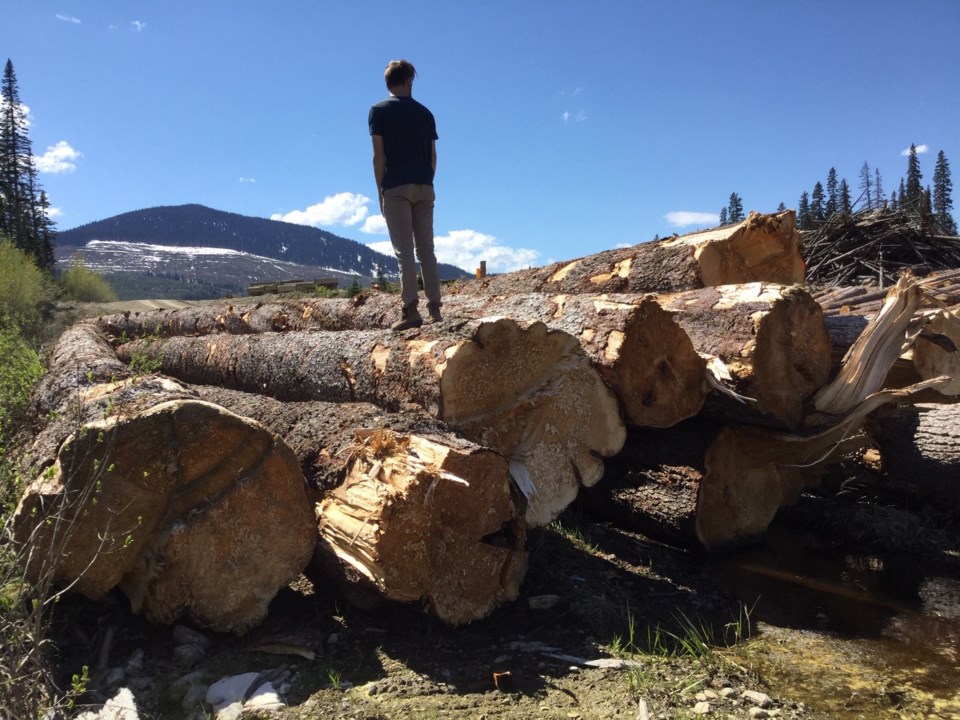This is part two of my firesmart musings.
One thing we as a society have to watch out for is how bureaucracies will use a crisis like
wildfire and its mitigation to spend more tax dollars on bloated government programs doing something that could be done for free.
A great example is Forests for Tomorrow, a $50 million a year program ostensibly tasked with rebuilding our forests in the wake of wildfires and the mountain pine beetle infestation.
But it is actively making the problem worse by brushing out the aspen and broadleaf on their “rehabilitated” plantations around town, including in the Bobtail Burn west of Prince George, a place where the aspen stood up to the blaze.
You’d think if they wanted forests for tomorrow, they would want those aspen?
Maybe it’s not about forests or safety. Maybe it’s about spending $90 million on firesmart programs around communities, which according to the Union of BC Municipalities, could cost up to $11,225 a hectare.
Bureaucracies love nothing more than to spend money making a problem worse only to turn around and spend more of your money to fix it.
There is another way, and that’s to utilize broadleaf, as I wrote before, and to turn to private enterprise - the small-time loggers and the firewood hounds - and get them in the at-risk areas and reduce fuel loads for free.
The problem, however, is most of this is against the rules.
Rather than harnessing our firewood fiends, the government outlaws it. Selling firewood off Crown land is illegal and the government loves to regularly remind us of that. One guy in Kamloops found out the hard way.
But in areas that we would be sending expensive crews anyway, why not get some light-duty trails designated, get some kid or a grizzled vet with a rebuilt 266 and a side by side, and start bucking up blowdown and standing dead and selling it for cash?
Care should be taken to protect ecologically significant old-growth areas, of which we have amazing examples directly behind Otway and UNBC.
Alternatively, we could do what we did at Pidherney.
First, Freya Logging thinned out the stands around the bike trails, paid the government stumpage, then some crews came in to clean up the branches, all at zero cost to the taxpayer. It still looks like a forest, and some nice deciduous is coming in underneath.
Instead of government digging holes and filling them in again, it should pursue a coherent policy that harnesses the power of nature and the power of the blue-collar entrepreneur. It should be a way to open up opportunities outside of the big clearcut/pine plantation/anti-broadleaf model.
The last thing we should do is expand a forestry bureaucracy that has proven time and time again to be incapable of common sense and has only been making the problem of fire worse.
James Steidle is a Prince George writer
Correction: In my previous column, I mistakenly identified Edgewater Holdings as a company that brushes aspen and that is not the case. My apologies



